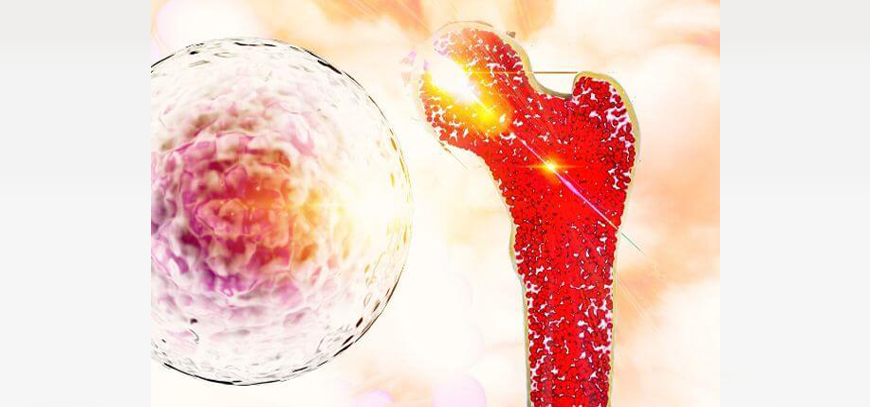Working Time
- Mon-Thu 08:00 – 20:00
Friday 07:00 – 22:00
Saturday 08:00 – 18:00
Contact Info
-
Phone: 92-3324520052
92-3310232883
Ask the Experts
Radiofrequency Ablation of Osteoid Osteoma

What is an osteoid osteoma?
Osteoid osteoma is a benign tumor of the bone. This tumor is most frequently found in the legs but may occur also at other bones in nearly any part of the body.
Usually, osteoid osteomas are small tumors that measure less than an inch across. They typically form in the long bones, especially the thigh (femur) and shin (tibia) bones. They may also develop in the bones of the spine, arms, hands, fingers, ankles, or feet. They can occur in other bones. But that is much less common.
Osteoid osteomas tend to be painful. They cause a dull, achy pain that can be moderate to severe. The pain is often worse at night.
Osteoid osteomas occur more often in men than in women. They typically occur in children and young adults up to about age 24. But they can occur at any age.
What are the symptoms of an osteoid osteoma?
The most common symptom of an osteoid osteoma is pain not caused by an injury. The pain is often achy and dull. The pain can be intense. It often tends to get worse at night. It may even wake you from sleep. Over-the-counter pain medicines, such as aspirin or ibuprofen, may help ease your pain. Depending on the location, other signs and symptoms can include:
-
Curvature of the spine (scoliosis)
-
Enlargement or deformity of a finger
-
Joint pain and stiffness
-
Limping
How is an osteoid osteoma diagnosed?
Many people with osteoid osteomas have pain for months or even years before seeing their healthcare provider. In children, people may assume the pain is from growing pains. Unlike growing pains, physical activity has no effect on the pain of osteoid osteomas.
X-rays can help your healthcare provider diagnose the osteoid osteoma. On an X-ray, the bony shell appears white and the nidus will appear dark.
At times, other imaging studies can help make sure the diagnosis such as:
-
CT scans
-
MRI scans
-
Bone scans
How is an osteoid osteoma treated?
Osteoid osteomas may shrink on their own. But that usually takes years. Some people get pain relief from nonsteroidal anti-inflammatory drugs (NSAIDs).
Because osteoid osteomas can be quite painful and take a long time to go away, interventional radiologist often treat them more aggressively.
Interventional radiology treatment options include:
- Radiofrequency ablation:CT-guided drill resections and radiofrequency ablations are less invasive options. An interventional radiologist can do these procedures. IR physicians will use a CT scan to precisely locate the osteoid osteoma. The interventional radiologist will then use a special drill or heated probe to remove or destroy it. The procedure can take place under general or regional anesthesia. Patients may be able to go home within a couple of hours afterward and be able to return to school or work within a few days.
If you have been diagnosed with osteoid osteoma, know that medical management is not your only option. Our IR physicians at IRCC Pakistan are specialists in treating osteoid osteoma, a minimally invasive procedure performed at many of our locations.The interventional radiologists and clinical staff at our center combine medical expertise and compassion to guide you through your osteoid osteoma treatment journey every step of the way, providing symptomatic relief and getting you back by improving your quality of life.

